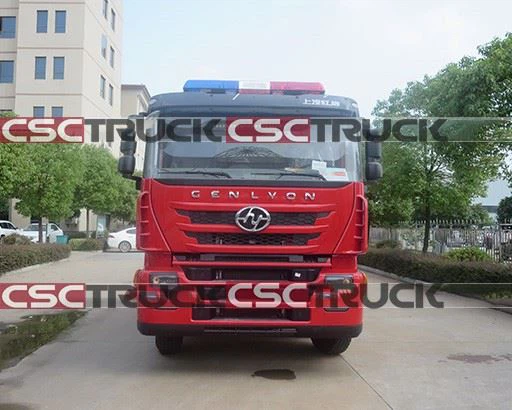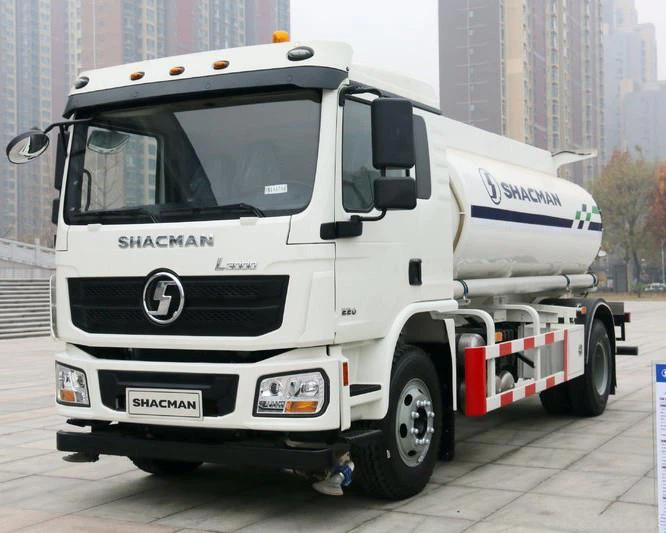Understanding Street Cleaning Machines: Types, Benefits, and Best Practices

Introduction
Street cleaning machines are essential for maintaining the cleanliness and aesthetics of urban environments. These machines play a crucial role in removing debris, litter, and pollutants from city streets, parks, and other public spaces. With their advanced technology and efficient designs, street cleaning machines help enhance public health, safety, and the overall urban experience. In this article, we will explore the various types of street cleaning machines, their benefits, maintenance tips, and practical examples of their effectiveness in different urban settings.
Types of Street Cleaning Machines
1. Suction Street Sweepers
Suction street sweepers are among the most common types of cleaning machines used in urban areas. These machines use powerful vacuums to collect dirt, debris, and litter from the streets. They are particularly effective for removing fine particles, leaves, and other small debris.
2. Mechanical Broom Sweepers
Mechanical broom sweepers utilize a rotating brush system to sweep up debris and dirt from street surfaces. These machines are ideal for cleaning larger chunks of debris such as rocks, cans, and leaves. They can be used for various applications, from residential streets to highway cleanups.
3. Combination Street Sweepers
Combination street sweepers merge the capabilities of suction and mechanical sweepers. They feature both rotating brushes and vacuum systems, making them versatile and effective for different types of cleaning tasks. These machines are often used in city centers where cleanliness is critical.
4. Water Street Sweepers
Water street sweepers incorporate water sprays to suppress dust while cleaning. They are particularly useful in industrial areas and regions prone to heavy dust, as the water helps settle particles and minimize air pollution. Water sweepers are environmentally friendly, as they reduce the need for chemical dust suppressants.
5. Robotic Street Cleaners
With advancements in technology, robotic street cleaners are emerging in the cleaning industry. These autonomous machines can navigate streets, detect debris, and clean autonomously, reducing the need for human operators. Their efficiency and ability to work at night make them an attractive option for many cities.
Benefits of Street Cleaning Machines
1. Improved Public Health
Regular street cleaning reduces the accumulation of debris, which can harbor pests and bacteria. This, in turn, contributes to better public health and safety, minimizing the risk of diseases transmitted by insects or rodents.
2. Enhanced Aesthetics and Property Values
A clean city is a beautiful city. Maintaining cleanliness through effective street cleaning enhances the overall aesthetics of urban environments and can lead to increased property values. Residents and tourists are more likely to spend time in areas that are well-kept and inviting.
3. Environmental Protection
Street cleaning machines play a vital role in controlling pollution. By removing litter and debris, they prevent harmful substances from entering stormwater systems, protecting local waterways and ecosystems. Regular cleaning helps minimize urban runoff and its associated environmental impacts.
4. Prevention of Road Damage
Accumulated debris and liquids on streets can lead to infrastructure deterioration. Street cleaning machines help prevent damaging materials from degrading road quality, reducing maintenance costs and prolonging the life of urban roadways.
5. Enhanced Traffic Flow
Clean streets contribute to better traffic flow and safety. Removing clutter from roadways prevents accidents and improves visibility for drivers. Well-maintained streets also encourage walking and cycling, promoting a healthier lifestyle.

Practical Examples of Effective Street Cleaning
1. City Case Study: San Francisco
San Francisco utilizes a fleet of combination street sweepers that operate regularly to manage litter and debris. The city has seen a significant reduction in waste accumulation and improved public perception, showcasing the impact of efficient street cleaning management.
2. Green Initiatives in Melbourne
Melbourne has embraced water street sweepers as part of its green city initiatives. These machines are equipped with water sprays that reduce dust while collecting litter and debris. This approach not only cleans the streets effectively but also helps minimize water pollution.
3. Robotic Cleaning in Las Vegas
Las Vegas has adopted robotic street cleaners to maintain cleanliness in high-traffic tourist areas. These autonomous machines clean during off-peak hours, ensuring that streets remain tidy without disrupting the flow of visitors.
Maintenance Tips for Street Cleaning Machines
1. Regular Inspection
Perform routine inspections of street cleaning machines to identify any wear or damage. Checking components like brushes, vacuums, and tanks can prevent larger issues.
2. Cleaning the Equipment
After each use, it is essential to clean the machines thoroughly. This practice helps maintain their efficiency and longevity, as debris accumulation can lead to malfunctions.
3. Monitor Fluid Levels
Check and maintain fluid levels such as oil, water, and hydraulic fluids regularly. Ensuring proper fluid levels is crucial for the functionality and performance of street cleaning machines.
4. Schedule Maintenance

Implement a scheduled maintenance plan with professional servicing to ensure machines are operating optimally. This plan should include checks on belts, hoses, and all mechanical components.
5. Training Operators
Provide thorough training for operators on proper usage and maintenance procedures. Well-trained personnel can troubleshoot minor issues and prevent accidents.
Choosing the Right Street Cleaning Machine
1. Assess Your Needs
Before purchasing or leasing a street cleaning machine, assess your cleaning needs. Consider the type of debris typically found, street types, and frequency of cleaning required.
2. Evaluate Machine Features
Look for features that enhance efficiency, such as adjustable brush heights, powerful suction, and advanced dust control systems. These options can significantly impact cleaning performance.
3. Consider Budget and Costs
Determine your budget, including purchase price, maintenance costs, and fuel expenses. Some machines may have higher upfront costs but offer savings over time due to low maintenance and operational efficiency.
4. Analyze Environmental Impact
Consider machines that incorporate environmentally friendly practices, such as those using less water or reducing emissions. This consideration aligns with sustainable urban development goals.
5. Research Brands and Models
Do thorough research on different brands and models. Look for customer reviews, testimonials, and warranty options. Choose a reputable brand known for reliability and service support.
Future Trends in Street Cleaning Technology
1. Integration of IoT and Smart Technologies
Street cleaning machines are increasingly incorporating Internet of Things (IoT) technology. This integration allows for real-time monitoring and data collection, optimizing cleaning schedules and improving efficiency.
2. Electric and Hybrid Models
As cities aim for reduced emissions, electric and hybrid street cleaning machines are becoming more popular. These models use electricity or a combination of power sources to operate, providing a greener alternative.
3. Advanced Robotics and AI
Robots equipped with artificial intelligence (AI) are being developed to autonomously clean streets. These machines can learn and adapt to different environments, significantly improving efficiency.
4. Enhanced Data Analytics
Data analytics is becoming an essential tool for urban management. Cleaning operations can be monitored and optimized through data collected from cleaning machines, allowing for better resource allocation.
5. Community Engagement and Feedback
Cities are beginning to engage communities in cleaning efforts. By using technology to report litter hotspots, street cleaning operations can be more responsive and targeted.

FAQ Section
1. How often should streets be cleaned?
The frequency of street cleaning depends on several factors including traffic volume, weather conditions, and local regulations. Busy urban areas may require daily cleaning, while quieter neighborhoods may only need weekly or monthly attention.
2. Can street cleaning machines operate in bad weather?
Many street cleaning machines are designed to operate in various weather conditions, although heavy rain or snow can limit their effectiveness. Operators should assess the situation and prioritize safety.
3. What are the costs associated with street cleaning machines?
Costs can vary widely based on the type of machine, its features, and maintenance requirements. On average, a new street cleaning machine can range from $30,000 to over $200,000, excluding maintenance and operational costs.
4. Are street cleaning machines environmentally friendly?
Many modern street cleaning machines promote environmentally friendly practices, including water conservation and reduced emissions. Electric and hybrid models are especially focused on minimizing environmental impact.
5. What maintenance is required for street cleaning machines?
Regular maintenance includes cleaning the machine after use, checking fluid levels, inspecting wear parts, and scheduling professional service for thorough check-ups. Keeping up with maintenance prevents costly repairs.
6. How do I know which street cleaning machine is right for my needs?
Assess your specific needs, including the type and amount of debris, frequency of cleaning, and budget. Research different models and consult with vendors to find a machine that fits your requirements.
